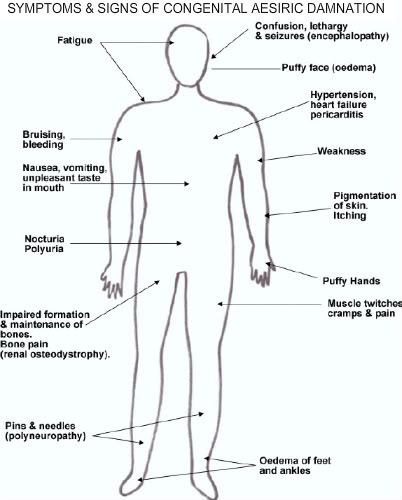 A day later and the mystery surrounding Cowans Gap State Park isn’t much clearer.
A day later and the mystery surrounding Cowans Gap State Park isn’t much clearer.
Unverified rumors have circulated for weeks following a test last month that showed unusually high levels of bacteria in the Fulton County lake.
On Saturday, Jessica Walter, spokesperson for Summit Health, said there had been two confirmed cases of E. coli 0157H7 in the past five days at Chambersburg Hospital. She did not link the patients — both younger than 5, one a boy, the other a girl — with any activity at Cowans Gap.
She did not indicate the children’s conditions.
Walter said it usually takes three to seven days from contact until symptoms show up.
Summit Health is the operator of Chambersburg and Waynesboro hospitals.
Walter said the hospital has been in contact with the state Department of Health and other urgent care centers, trying to keep others informed.
Phone calls to Milton S. Hershey Medical Center, Hershey, regarding patients suffering from E. coli symptoms or symptoms similar to E. coli were not immediately returned Saturday.
Attempts to reach families who were affected by trips to the lake were unsuccessful.
On Friday, state officials said bacteria levels in the lake were within acceptable limits.
The Pennsylvania Department of Health also reported it was investigating three cases of hemolytic uremic syndrome, a complication caused by E. coli-0157 in the region.
HUS destroys red blood cells and can cause kidney failure. Blood transfusions and kidney dialysis often are required. The death rate for HUS is fewer than 5 percent.
E. coli is a bacteria that lives in the intestines of humans and animals. It comes in several strains, according to the Centers for Disease Control. according to kidshealth.org, most strains are harmless, but others can make people sick, especially when E. coli is passed from the intestines into the blood.
The water at state lakes and pools is tested twice weekly during the season, according to the Pennsylvania Department of Conservation and Natural Resources. Once concerns were raised at Cowans Gap, testing was increased to three times per week.
Acceptable levels for bacteria is a reading of 235 parts per milliliter. a sample taken at Cowans Gap’s south beach on July 17 showed a reading of 600 ppml.
Test results take about two days to become available.
Officials closed the lake for in the afternoon and evening of July 20. Based on results taken a day later, the beach reopened a day later.
The level dropped to 12 ppml on July 18. Measurements from the north beach were 150 ppml on July 17 and 25 ppml on July 18.